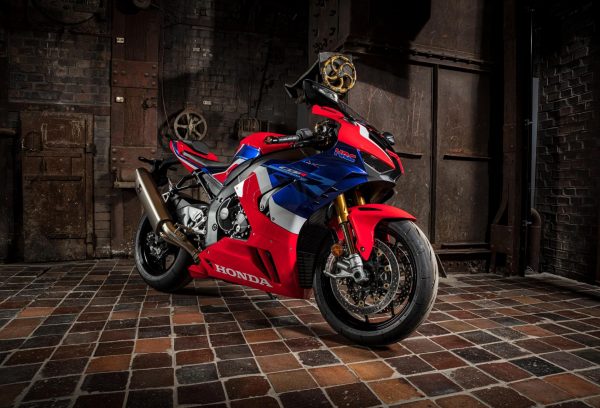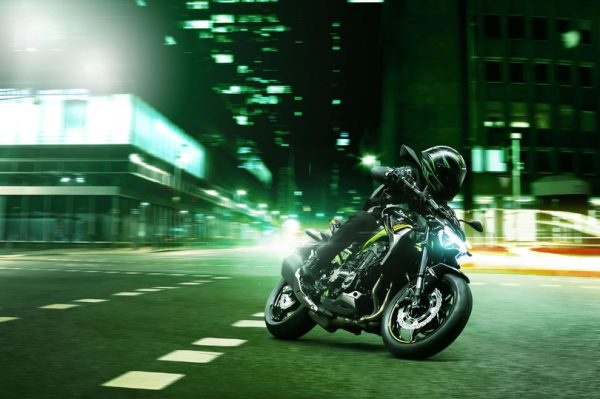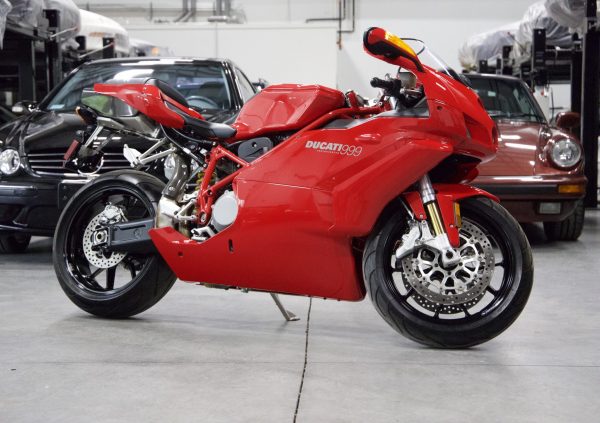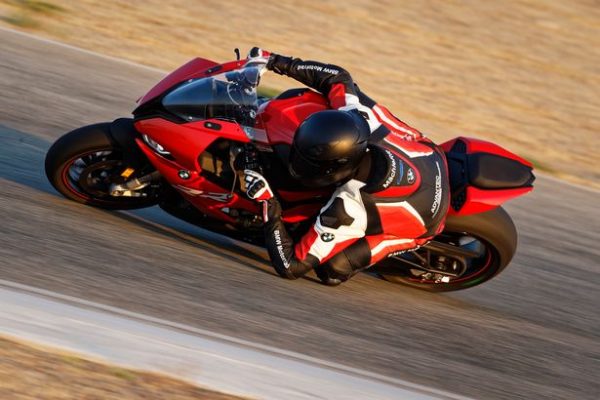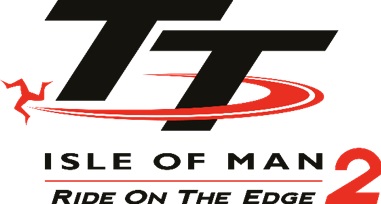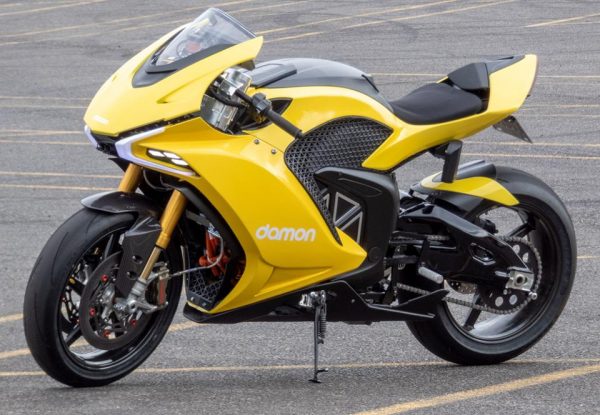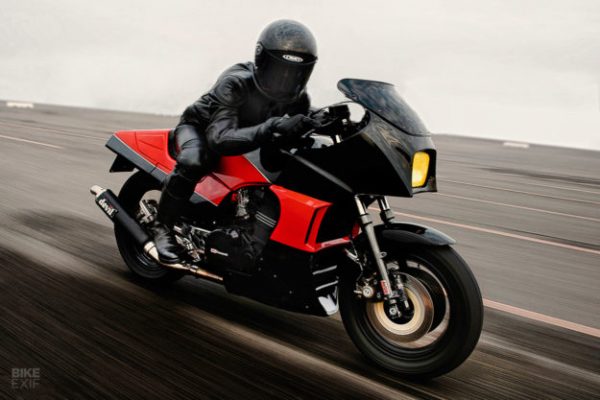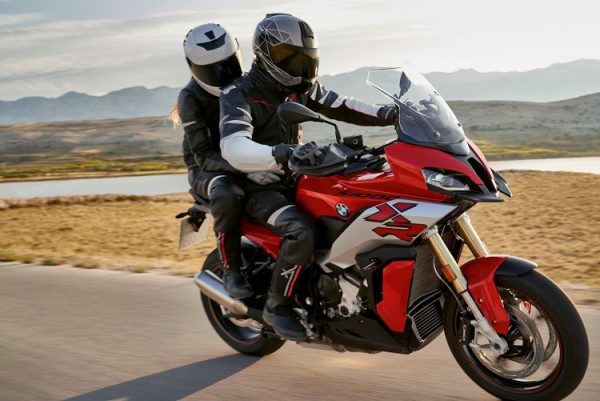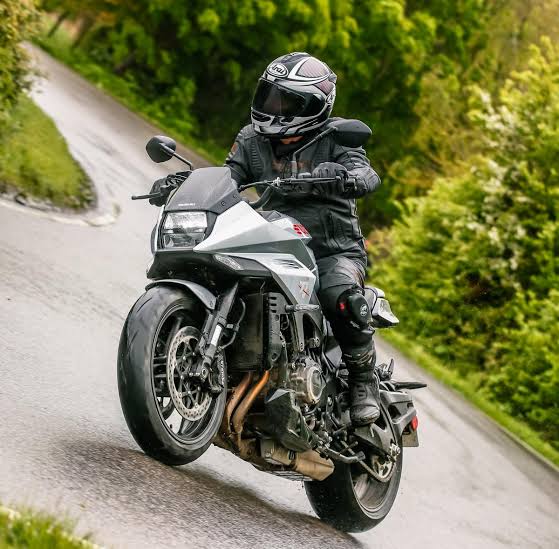Honda E and Fireblade take centre stage at prestigious Red Dot Design Museum
from https://timesofmalta.com Honda’s next-generation electric car, the Honda e, and CBR1000RR-R Fireblade SP superbike have been inducted into the historic Red Dot Design Museum, one of the world’s most significant exhibitions of contemporary design. The Honda e also takes centre stage in the special “Milestones in Contemporary Design” exhibition, as one of the 76 best products of 2020 and a current marker in international product design. Honda’s highly acclaimed Honda e compact electric vehicle was recently awarded the ‘Red Dot: Best of the Best 2020’ award for ground-breaking product design. This is the highest honour in the internationally renowned Red Dot Award: Product Design and is reserved for the best products in each category. The Honda e also received the Red Dot 2020 accolade in the meta-category ‘Smart Products’, whilst the CBR1000RR-R Fireblade SP was awarded a Red Dot for outstanding design in the motorcycle category.# Both vehicles are an essential part of the 2020/21 special exhibition in the internationally renowned Red Dot Design Museum, Essen, Germany. Peter Zec, CEO and founder of the Red Dot Design Award said: “The Honda e is not just a car – it is much more. The Honda e was awarded the Red Dot: Best of the Best because the jury was amazed by the car at first sight. There was no doubt it was worthy of the award from the beginning. Honda is facing the challenges [of urban mobility] through fantastic research and development work to find the right solution for the future. I think the Honda e stands for a kind of paradigm shift: we are not just talking about e-mobility, we are talking about new solutions in the digital world and Honda e fits perfectly into this scenery. It connects your home with mobility, it is a real smart product and […]
Honda E and Fireblade take centre stage at prestigious Red Dot Design Museum Read More »

